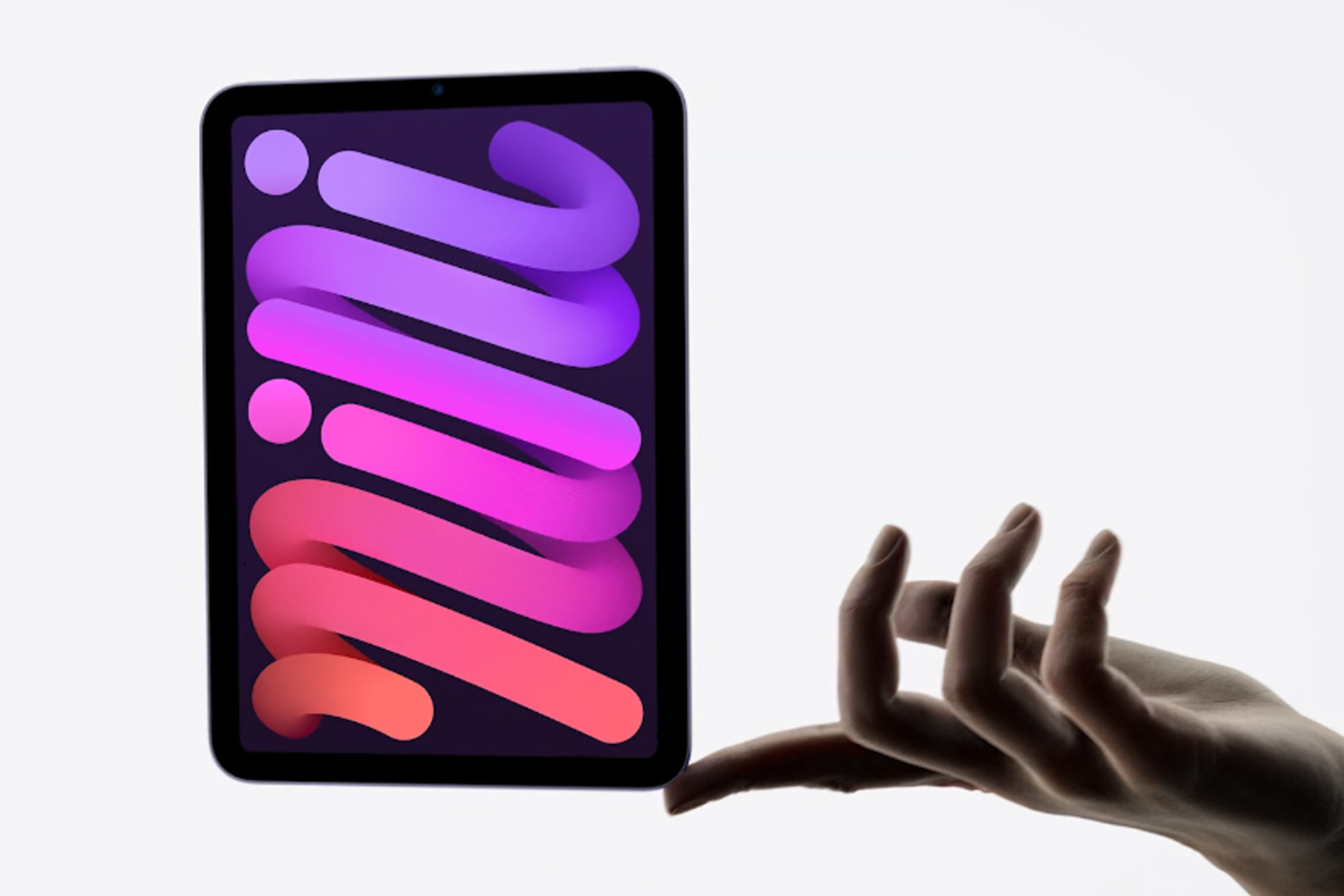From A to Ultra: How the M2 Pro and M2 Max stack up to every other Apple chip
At the heart of every Apple device is an Apple processor. Apple has been using its own chips in its iPhones and iPads for some time, while the Mac lineup has nearly completed its transition away from Intel chips. Apple has far more devices with its own silicon than Intel’s now—all that remains is the Mac Pro—and before the end of 2023, every product Apple makes will likely be powered by a home-grown chip.
What’s remarkable about Apple silicon is its performance and power efficiency. But all chips aren’t created equally. Understanding the performance differences between each chip will help with your buying decisions, especially when you’re deciding between iPhone 14 or MacBook models. Knowing how each chip performs gives you a better idea of what products to buy and whether or not it’s worth your money to step up to a higher model.
Let’s take a look at how the new processors compare with the rest of the processors in the iPhone, iPad, and Mac lineup and see how each performs and what that means to you. For the sake of consistency, we’ve used Geekbench 5 benchmarks. Here’s every chip and how the benchmarks compare with each other.
Updated 3/3/23 with Geekbench 6 scores. To see these scores, click the pop-up menu under the title of each chart.
Nội Dung Chính
Every processor compared
Before we get into the individual processors, let’s let the chips fall where they may. We’ve only included chips in Apple devices that are still for sale and it’s a somewhat predictable chart, with the fastest Mac chips at the top, followed by a mix of iPads and iPhones. But there are still some fascinating results: Owners of the iPad Pro can say their tablet is about as fast as a MacBook Air and that wouldn’t be an exaggeration. And the difference between the $399 iPhone SE and the $899 iPhone 14 isn’t as huge as their price difference indicates.
Read about how Apple’s M1 and M2 processors compare to Intel in our Mac processor guide.
iPhone processors
Let’s take a look at the specifications so we can understand the differences between them.
ProcessorPerformance coresEfficiency coresGraphics coresNeural EngineMemoryTransistorsThermal Design PowerDevicesA16 Bionic2 at 3.46GHz4 at 2.02GHz516-core8GB16 billion6WiPhone 14 ProA15 Bionic2 at 3.22GHz4 at 1.82GHz516-core8GB15 billion6WiPhone 14A15 Bionic2 at 3.22GHz4 at 1.82GHz416-core8GB15 billion6WiPhone 13, iPhone SEA14 Bionic2 at 3.1 GHz4 at 1.8GHz416-core6GB11.8 billion6WiPhone 12
Now let’s look at how each processor performs. Not surprisingly, the A16 Bionic in the iPhone 14 Pro is the fastest. The iPhone 14 and iPhone 13 both have an A15 Bionic processor, but the iPhone 13 has one fewer GPU core than the iPhone 13 Pro, which gives it better graphics performance.
Apple iPhone 14 Pro


Read our review
Apple still sells the iPhone 12, which has an A14 Bionic. It’s actually not much slower than the iPhone 13’s A15 Bionic–the specs between the two processors are practically the same, with the A15 Bionic’s performance cores having a slightly faster clock speed and more RAM. If price is the main priority over the camera and other features, consider the iPhone 12 instead of the iPhone 13.
The speed difference is more obvious between the iPhone 12’s A14 Bionic and the chips in the iPhone 14 models. This could be the last hurrah for the A14 Bionic since the iPhone 12 will be replaced by the 13 as the low-cost option with Apple’s next major iPhone rollout next fall, though it’s possible it makes its way into the next Apple TV revision.
iPad processors
The staggered release of Apple’s iPad lineup creates an odd-looking performance order of CPU and its device.
ProcessorPerformance coresEfficiency coresGraphics coresNeural EngineMemoryTransistorsThermal Design PowerDevicesM24 at 3.49GHz4 at 2.06GHz1016-core8GB20 billion15W12.9″ & 11″ iPad ProM14 at 3.2GHz4 at 2.06GHz816-core8GB16 billion14WiPad AirA15 Bionic2 at 2.93GHz4 at 1.82GHz516-core8GB15 billion6WiPad miniA14 Bionic2 at 3.1GHz4 at 1.8GHz416-core6GB11.8 billion6WiPad (10th gen)A13 Bionic2 at 2.66GHz4 at 1.6GHz48-core4GB8.5 billion6WiPad (9th gen)
The M2-equipped iPad Pros are the fastest models, and the gap between them and the iPad and iPad mini is significant. Furthermore, the M2 is 15 percent faster than the M1 that it replaced in the previous iPad Pros and is in the current iPad Air.
The new 10th-gen iPad that was released in the fall of 2022 has an A14 Bionic, an upgrade from the A13 Bionic in the previous model. Apple says the new 10th-gen iPad offers a 20 percent CPU boost and a 10 percent graphics increase.
iPad mini (6th generation)

Mac processors
With Apple’s M-series of chips for the Mac, the company’s release schedule involves the base version in the MacBook Air, 13-inch MacBook Pro, and other Macs. Apple then modifies it to create higher-end versions. Read about how the M2 compared to the M1 Pro and M1 Max.
The latest M-Series chip is the M2, which was released with the new 13-inch MacBook Pro and the MacBook Air in the summer of 2022, right after WWDC. The M2 replaces the M1 in those Macs, but Apple may keep around M1 models to offer as low-cost options, such as the $999 M1 MacBook Air. In January 2023, Apple released the M2 Pro in the 14- and 16-inch MacBook Pro and Mac mini, and M2 Max in the 14- and 16-inch MacBook Pro along with an M2 Mac mini.
ProcessorPerformance coresEfficiency coresGraphics coresNeural EngineBase memoryTransistorsThermal Design PowerDeviceM2 Max8 at 3.49GHz4 at 2.4GHz3816-core32GB67 billion30W14″ & 16″ MacBook ProM2 Max8 at 3.49GHz4 at 2.4GHz3016-core32GB67 billion30W14″ & 16″ MacBook ProM2 Pro8 at 3.49GHz4 at 2.4GHz1916-core16GB40 billion30W14″ & 16″ MacBook ProM2 Pro6 at 3.49GHz4 at 2.4GHz1616-core16GB40 billion30W14″ MacBook ProM24 at 3.49GHz4 at 2.4GHz1016-core8GB20 billion15W13″ MacBook Pro, MacBook AirM24 at 3.49GHz4 at 2.4GHz816-core8GB20 billion15WMacBook AirM1 Ultra16 at 3.2GHz4 at 2.06GHz6432-core64GB114 billion60WMac StudioM1 Ultra16 at 3.2GHz4 at 2.06GHz4832-core64GB114 billion60WMac StudioM1 Max8 at 3.2GHz2 at 2.06GHz3216-core32GB57 billion30WMac StudioM1 Max8 at 3.2GHz2 at 2.06GHz2416-core32GB57 billion30WMac StudioM14 at 3.2GHz4 at 2.06GHz816-core8GB16 billion14WMacBook Air, 24″ iMacM14 at 3.2GHz4 at 2.06GHz716-core8GB16 billion14WMacBook Air, 24″ iMac
With the M2, Apple claims an 18 percent improvement in general CPU performance over the M1. In the multi-core CPU test, we are able to confirm Apple’s claim. The single-core CPU test showed a lower 13 percent increase for the M2. With the M2 Pro and M2 Max, Apple claims a 20 percent boost over the M1 Pro (which is no longer in any current Mac) and the M2 Max.
The M1 Ultra is a beast of a chip, doubling the CPU multi-core performance of the M1 Max, which has half as many CPU cores. It blazes in GPU performance, too. There’s no word on when Apple will release an M2 Ultra, but it will most likely debut in the upcoming Mac Pro.
Apple MacBook Air M2 (2022)


Read our review
Apple’s Max chips have the same CPU configuration as the Plus versions; the key difference is the GPU. The Max can have double the GPU cores as the Plus, so its graphics performance is much improved.
The chip that started it all, the good ol’ M1, may seem slow compared to Apple’s more current chips—but that’s not to undermine Apple’s original Mac processor. Remember, the M1 blows past the Intel processors it replaced, resulting in a significant price/performance value.






